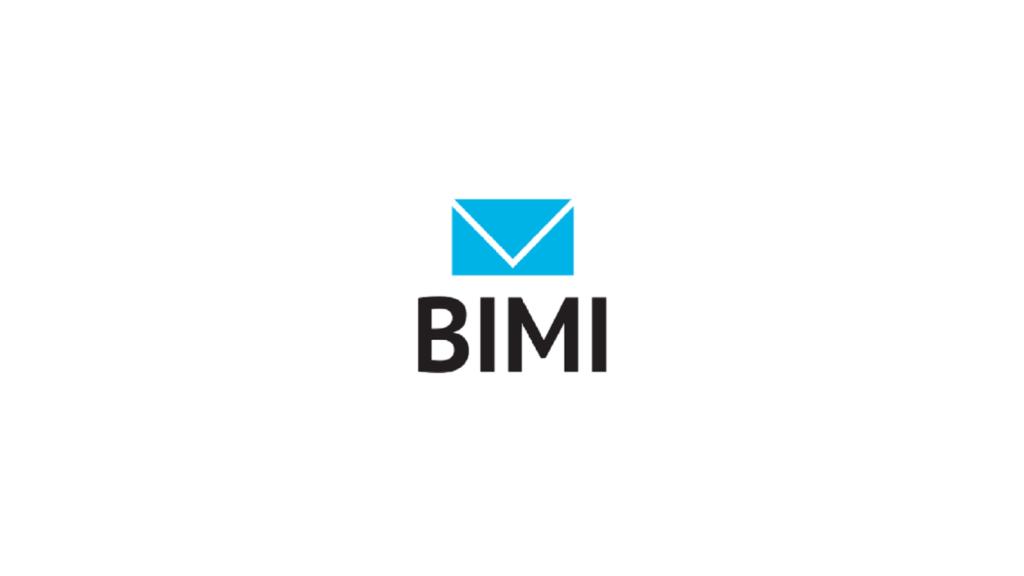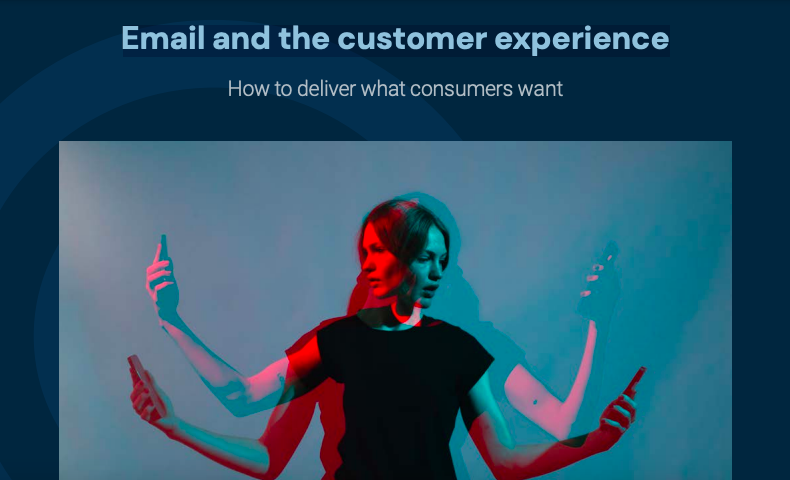The AuthIndicators Working Group — developers of Brand Indicators for Message Identification — announced an exciting development from Google. Their Gmail product is now supporting BIMI, bringing years of efforts and collaboration to fruition.
Companies like Verizon Media, which owns Yahoo Mail, have seen an increase in engagement by an average of 10% when inboxes display logos next to email messages. Many email receivers have embraced and are enforcing this growing initiative. BIMI provides a secure, global framework in which inboxes can display sender-designated logos for authenticated messages. It also includes protections preventing senders from spoofing logos owned by other organizations.
Brands’ abilities to control their logos when sending emails, newsletters, receipts and offers is invaluable. Like those using consistent vanity URLs and display names across social media profiles, BIMI’s approach gives control to brands of their own imagery, offering consistency and increasing recognition and reach.
“The brands are very often the targets for spoofing and phishing. BIMI is an industry-wide effort to advance email authentication and help all brands protect themselves. It provides protection for users at scale and makes the email ecosystem better and safer for everyone,” said Seth Blank, Chair of the AuthIndicators Working Group and Chief Product Officer, Valimail.
To use BIMI effectively, domains must implement Domain-based Message Authentication, Reporting & Conformance (DMARC) to ensure proper validation of both emails and logos. Since 89% of all phishing attacks start with sender identity fraud, DMARC is an essential safeguard. It prevents bad actors from using BIMI to sow further confusion. This basic practice also promotes security hygiene and encourages brands to take stronger precautions against phishing attacks by deploying and enforcing email authentication.
For an organization’s logo to be eligible for display at Gmail, a brand must obtain a BIMI certificate — also known as a VMC or Verified Mark Certificate — confirming their right to use the image. While VMCs are currently tied to registered trademarks from select jurisdictions, future plans seek to expand access to include both additional jurisdictions and options for unregistered trademark logos.
For companies seeking to experience the full power of BIMI and learn more about participating in the project, please visit bimigroup.org.







